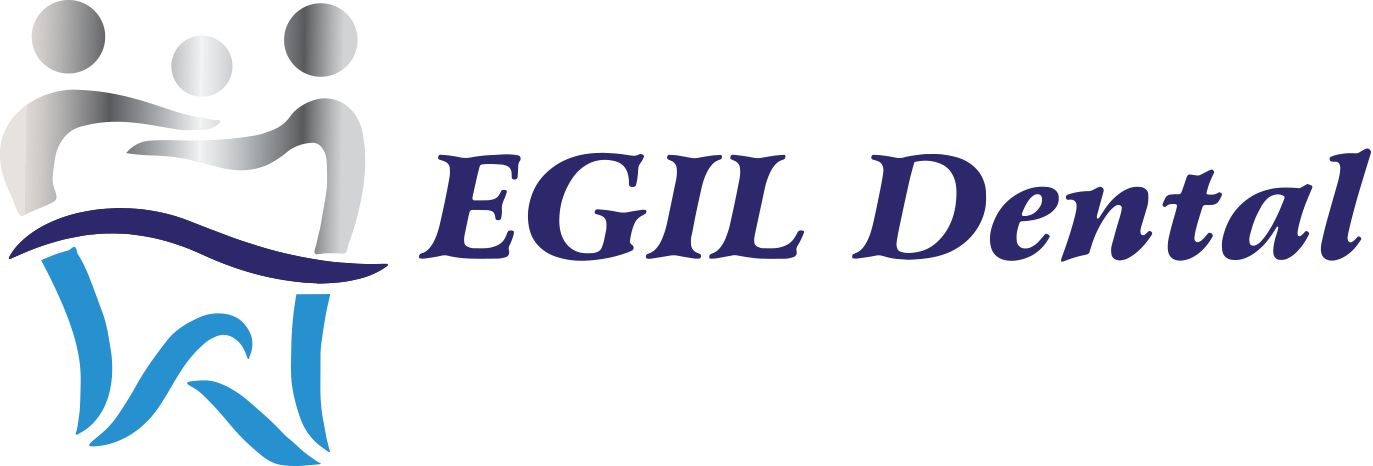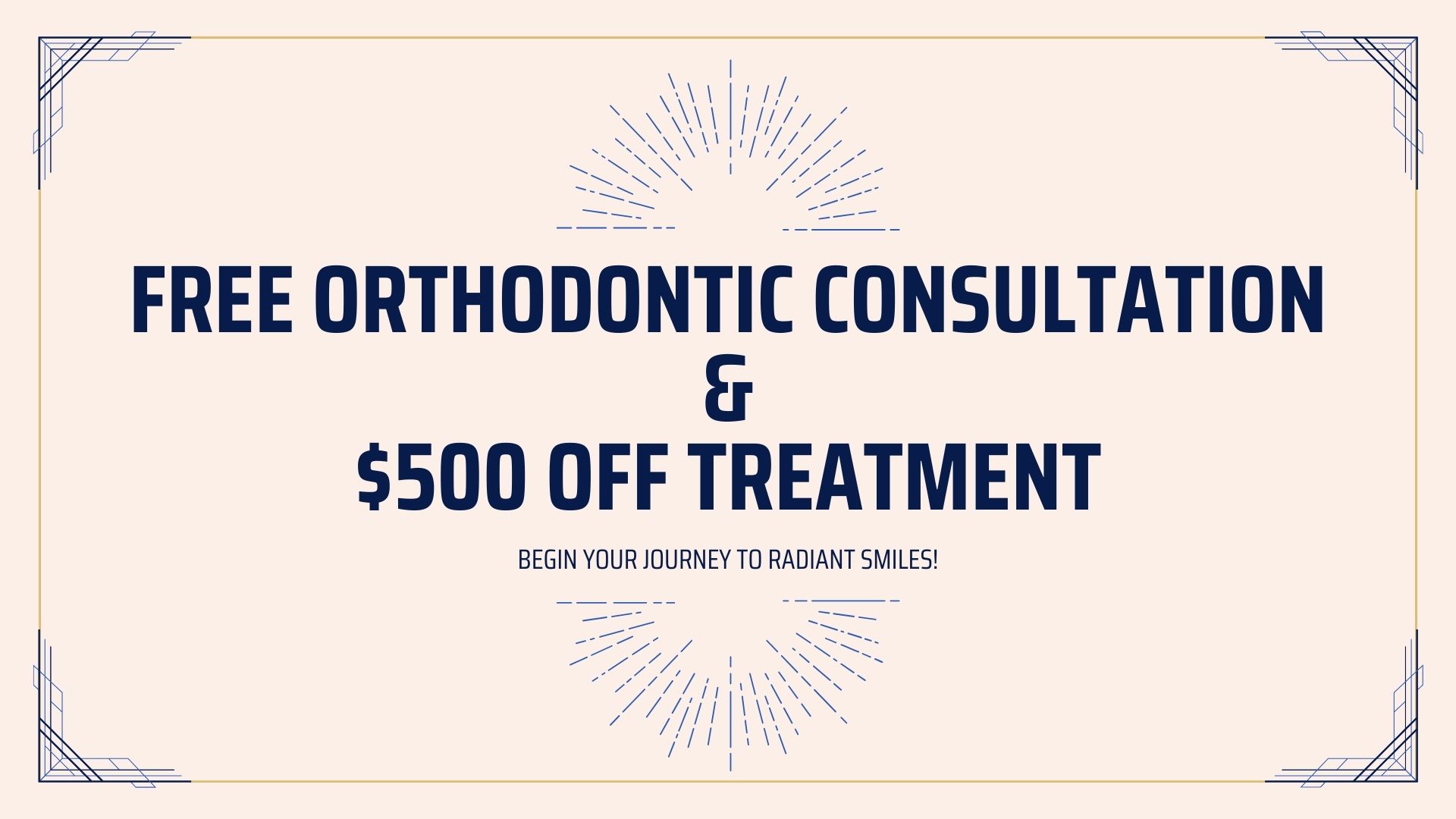Are you looking for a way to straighten your teeth? Braces are an effective option for straightening teeth, and they can allow you to achieve a beautiful, straight smile. But which type of brace is the right choice for you? There are two main types of braces – Invisalign and traditional braces. In this article, we’ll delve into the differences between Invisalign and traditional braces and help you make the best choice for you.
What Is Invisalign?
Invisalign are plastic aligners that are custom made to fit the shape of your teeth and gradually move them into the correct position (Much like traditional braces). The aligners are nearly invisible, and can be removed when you eat, drink, brush, and floss. This makes Invisalign a convenient option for those with active lifestyles.
What Are Traditional Braces?
Traditional braces are made of metal brackets and wires that are glued to your teeth. While they are a reliable and efficient way to straighten teeth, they can require more effort when it comes to keeping your teeth clean and will involve regular appointments to adjust them.
Key Factors to Consider When Deciding Between Invisalign and Traditional Braces
When it comes to choosing between traditional braces and Invisalign, there are several factors to consider:
Appearance
Traditional braces are highly visible and many people feel self-conscious about wearing them. On the other hand, Invisalign is nearly invisible because they’re made of clear plastic. This makes them an attractive option for many, as they can still have a straight smile without the need to wear a noticeable brace.
Comfort
Traditional braces can be slightly uncomfortable when they are first put on, and can also cause pain when they are adjusted. This is because the wires and brackets must be tightened and moved to move the teeth. Invisalign aligners are much more comfortable, as they are custom made to fit your teeth and use gentle pressure to move them into the right position.
Cleaning
One of the main advantages of Invisalign when compared to traditional braces is that they can be removed to brush and floss, so you can keep your teeth cleaner. Traditional braces can make it difficult to clean your teeth and gums, and some patients require more extensive cleaning routines to keep their teeth healthy.
Lifestyle
Invisalign can be an advantage for those with busy or active lifestyles, as they can be easily removed and put back on. If you participate in contact sports, Invisalign can be an advantage as the aligners are less likely to cause injury to the mouth. If you travel frequently, you won’t have to worry about damaging the braces when eating.
Cost
Cost is also an important factor to consider when choosing between Invisalign and traditional braces. The cost of Invisalign is often slightly higher than traditional braces, but it varies depending on your location, the complexity of the case, and your dentist. Your insurance provider may also cover a portion of the cost of braces, so it’s a good idea to discuss this with your dentist and insurance provider to determine the total cost.
Conclusion
Both Invisalign and traditional braces are effective methods for straightening teeth. The best choice for you will depend on your individual needs, including cost, appearance, comfort, lifestyle, and cleaning. Speak with your dentist and ask questions about your options to find out the best choice for you.

